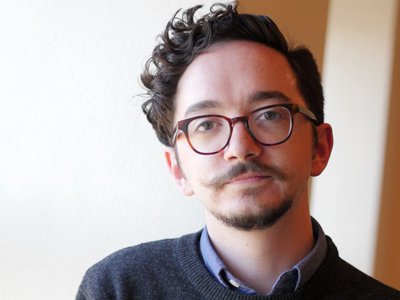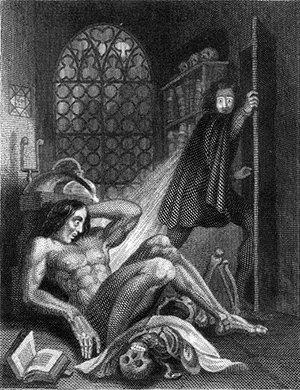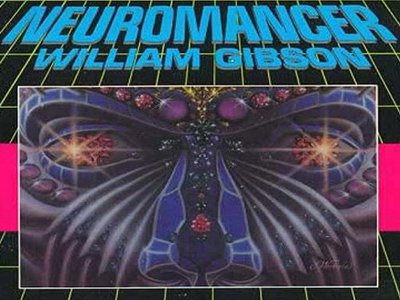Saints, Cyborgs, Monsters
Doctoral student creates course that links classic religious question with modern views of the human body

A new course puts the central religious question "What can a body do?" into a decidedly modern context. REL 320, How Religion Makes Bodies: Saints, Cyborgs, Monsters, will address ways the contemporary political, cultural, and technological environment influence ways of thinking about the human body, says John W. Borchert G '13, a PhD student in the Department of Religion.
Studying the body, he says, leads to important questions: What does it mean to be human?
To be non-human? What is a human body? Where are its limits? What can a religious body do differently?

The course will include Plato's Allegory of the Cave, William Gibson's 1984 science fiction novel Neuromancer, and Mary Shelley's 1818 novel Frankenstein, as well as films and other media. Students will connect concepts from those sources to current topics, including the controversy in France over Muslim women's headscarves and the Black Lives Matter movement, and how queer and trans bodies are shaped and understood.
"These are topics students might not expect to tie into religious thinking," explains Borchert, a religion instructor since 2013. "The goal is to broaden what they think about when they think about religion."
In considering how the female Muslim body in France is seen as a political problem, for example, allows students to "think about the material, political, and social conditions that got us there," Borchert explains.

Analyzing Frankestein as a literary text that shapes the body raises relevant questions about how people use technology, he says. "When we use smartphones, we're integrated with the technology," he adds. "We’re more cyborg than we want to admit. That's not some fantasy like in the Matrix or Necromancer. It's not that far away."
Borchert envisions a classroom in which students have varying degrees of religious literacy and different experiences. "Conflicting ways of thinking about bodies will give the students a sense that they know the material themselves," he explains. "It's a chance for their voices to be heard on issues they're already thinking about, like race and gender."
The topic is inherently interdisciplinary, he adds. "In order to unpack how social, cultural, and political forces end up constituting a body, you have to go beyond one set of methodologies," he says. "We can start with the broad work in introductory and survey courses in sociology and anthropology and cross boundaries that ask questions."
